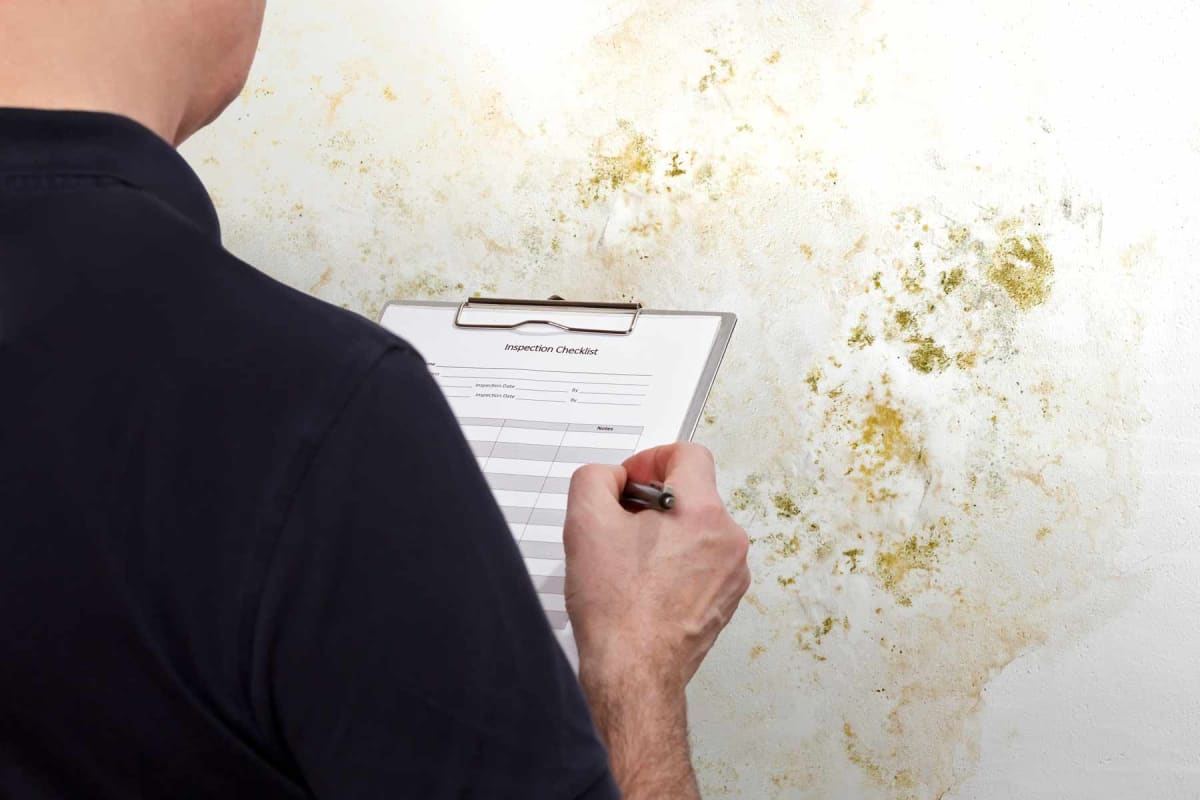Comprehensive Post Mold Remediation Procedures
Comprehensive Post Mold Remediation Procedures
Blog Article
Your Ultimate Overview to Blog Post Mold Remediation Methods
Navigating the realm of post-mold remediation strategies is a careful process that requires attention to detail and a detailed understanding of the complexities involved. In the aftermath of mold and mildew invasion, understanding how to properly get rid of the mold and prevent its reoccurrence is paramount for keeping a healthy indoor environment. From choosing the right cleansing and sanitizing methods to applying methods for long-term mold and mildew prevention, each action in the remediation trip plays a critical function in guaranteeing an effective result. As we embark on this expedition of post-mold remediation methods, we will discover the key methods and best techniques that can help you recover your space to its pre-mold condition and guard it against future mold and mildew risks.
Understanding Post-Mold Remediation Refine
After completing the mold removal process, it is critical to comprehend the post-mold remediation strategies that are needed to guarantee a thorough and reliable clean-up. As soon as the mold has actually been eliminated, the following step entails cleaning and sanitizing the affected areas to prevent any type of regrowth of mold and mildew.
Moreover, carrying out a final examination post-remediation is important to ensure that all mold has actually been successfully removed. This inspection must entail a detailed visual check in addition to perhaps air sampling to verify the lack of mold spores in the air. Additional remediation might be essential if the inspection exposes any type of sticking around mold. Educating residents on precautionary procedures such as regulating dampness degrees and without delay addressing any kind of water leakages can aid keep a mold-free setting.
Reliable Cleaning Up and Sanitizing Approaches

Protecting Against Future Mold And Mildew Growth

Relevance of Correct Ventilation
Proper ventilation plays a vital role in avoiding dampness accumulation, a key factor in mold and mildew growth within interior environments. Reliable ventilation systems help eliminate excess humidity from the air, minimizing the possibilities of mold spores Post Mold Remediation discovering the wetness they require to spread out and germinate. Without adequate air flow, indoor areas can become a reproduction ground for mold, causing potential health and wellness risks and structural damages.
By ensuring appropriate air blood circulation, ventilation systems can additionally help in drying out wet areas faster after water damage or flooding occurrences, further preventing mold and mildew growth. Post Remediation verification. Precede like bathrooms, attic rooms, cellars, and cooking areas where dampness degrees tend to be higher, installing and preserving efficient air flow systems is vital in preventing mold and mildew infestations

Monitoring and Upkeep Tips
Provided the important duty that proper ventilation plays in avoiding mold growth, it is necessary to develop reliable monitoring and maintenance suggestions to guarantee the continued performance of ventilation systems. Tracking humidity levels within the residential property is likewise vital, as high moisture can add to mold and mildew growth. By staying mindful and proactive to the condition of air flow systems, building proprietors can properly reduce the danger of mold regrowth and maintain a healthy and balanced interior atmosphere.
Final Thought
Finally, post-mold remediation techniques are essential for ensuring a tidy and secure setting. Recognizing the process, executing effective cleansing and sanitizing methods, preventing future mold and mildew growth, keeping appropriate ventilation, and normal tracking are all important steps in the removal process. By following these standards, you can successfully remove mold and prevent its return, working or advertising a healthy living room for all residents.
In the aftermath of mold and mildew infestation, recognizing how to properly eliminate the mold and mildew and prevent its reoccurrence is extremely important for preserving a healthy and balanced indoor setting. Once the mold and mildew has been eliminated, the following step entails cleaning and decontaminating the affected locations to prevent any type of regrowth of mold and mildew - Post Mold Remediation. After eliminating noticeable mold and mildew growth, it is critical to clean all surfaces in the damaged location to eliminate any type of continuing to be mold and mildew spores. To even more improve mold and mildew prevention steps, it is crucial to address underlying problems that at first led to mold and mildew growth.Given the vital duty that proper ventilation plays in stopping mold and mildew growth, it is necessary to establish reliable tracking and upkeep pointers to make certain the ongoing functionality of ventilation systems
Report this page